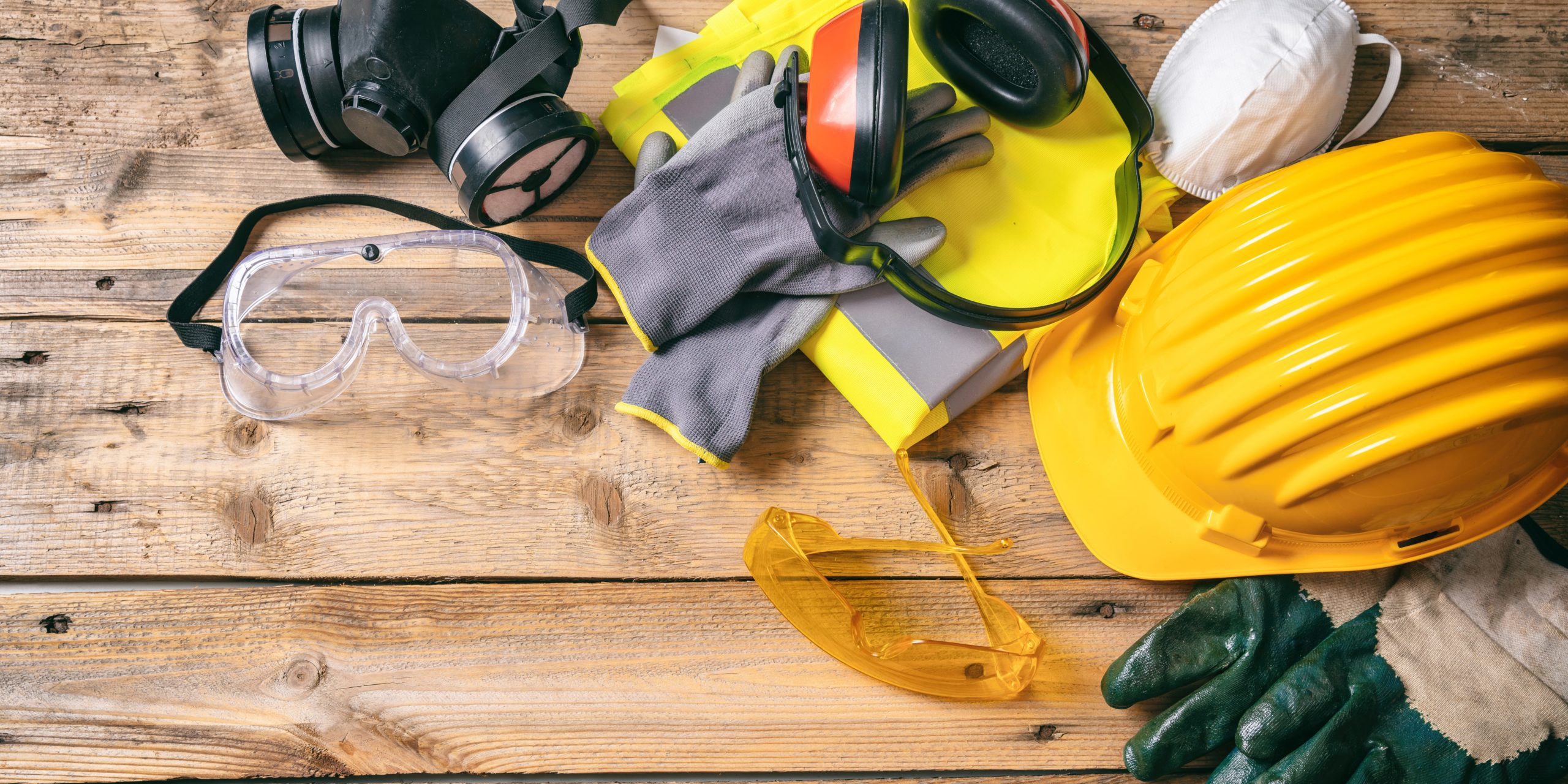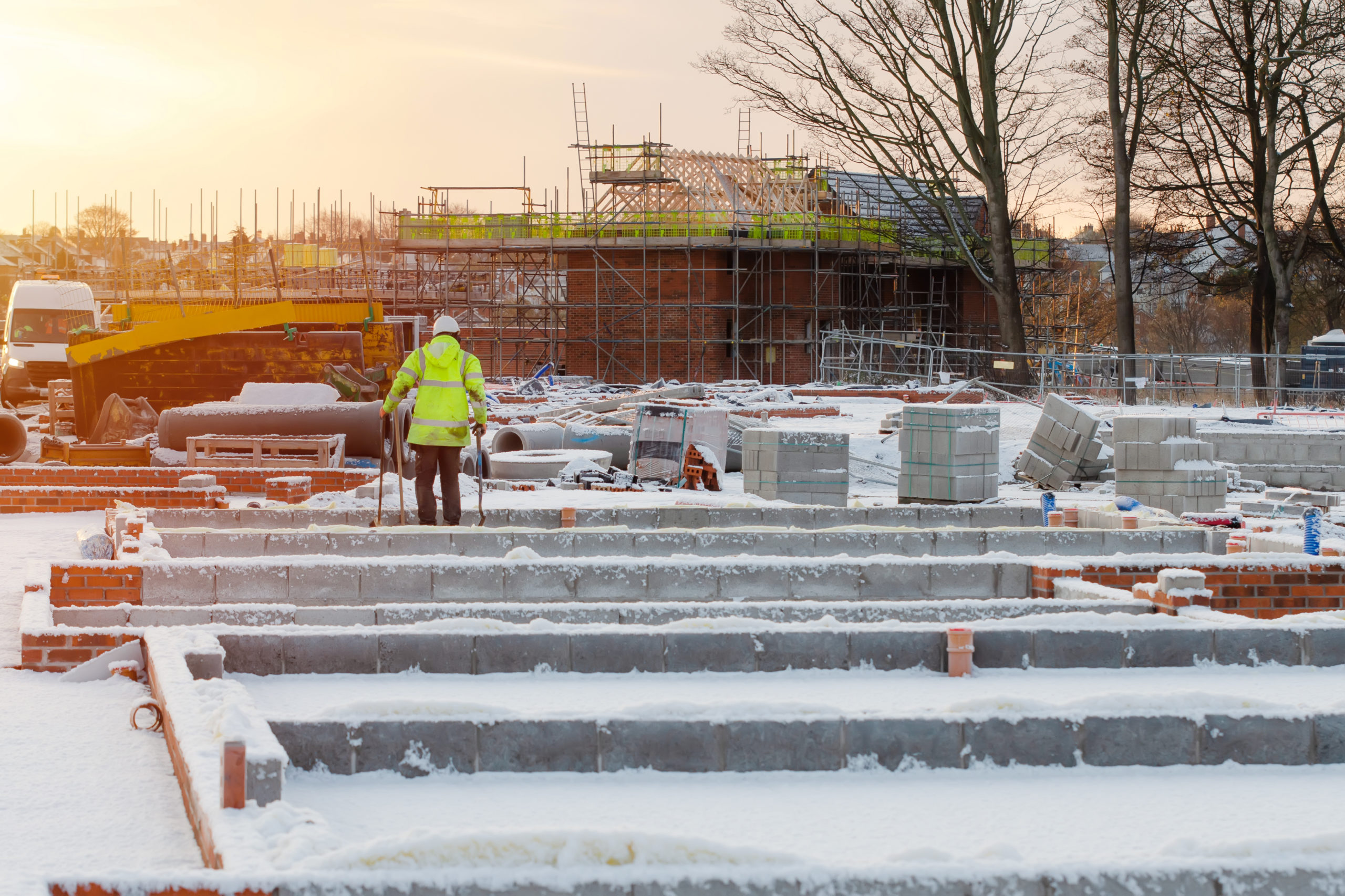Personal Protective Equipment (PPE) plays a crucial role in ensuring the safety and well-being of workers in various industries. From construction sites to manufacturing facilities, selecting the right PPE is essential to protect against potential hazards. However, with a wide range of options available, choosing the appropriate PPE can be a daunting task.
Here are six key things to remember when selecting the right PPE.
Assess Hazards:
Start by identifying the potential hazards in your workplace. Is there a risk of falling objects, chemical exposure, or loud noises? Understanding the specific risks will help you determine the necessary PPE. Consideration should be given to hazards such as impact, penetration, laceration, compression, chemical exposures, harmful dust, heat, light (optical), radiation, electrical hazards, and noise. After determining the hazards, the sources of such hazards should be identified.
Research PPE Types:
Research different types of PPE that are suitable for the identified hazards. This may include hard hats, eye protection, face protection, hand protection, ear protection and respiratory protection. Within each PPE category, there are several types to consider based on the work activity and hazard. Do you need earplugs or earmuffs? What about safety glasses versus safety goggles or face shields? Each type of PPE serves a specific purpose, so ensure you choose the right ones for your needs.
Ensure Proper Fit:
PPE should fit properly to provide optimal protection. Consider factors such as size, adjustability, and comfort. Ill-fitting PPE can compromise its effectiveness, so take the time to find the right fit for each worker.
Quality and Certification:
It is essential to consider the ratings of PPE set by the National Institute of Occupational Health and Safety (NIOSH) or American National Standards Institute (ANSI) standards. Make sure to look for labels or markings that indicate compliance with relevant regulations.
Train and Educate:
Once you’ve selected the appropriate PPE, confirm that workers are trained on its proper use, maintenance, and limitations. This is an opportunity for employees to handle the PPE and demonstrate that they understand the training and can use the PPE properly. Make sure to conduct regular refresher training sessions to reinforce safety protocols.
Typical training topics include but are not limited to:
-
- Why PPE is necessary.
- When PPE is necessary.
- What PPE is necessary for, and what are any alternative choices of equipment.
- Potential limitations
- How to properly don, doff, adjust, and wear PPE.
- The proper care, maintenance, storage, useful life, and disposal of PPE.
Regular Evaluation:
It is recommended to perform a PPE Hazard Assessment periodically. This will identify if the current PPE selections are still effective or if new hazards are identified that would change what PPE is required.
Selecting the right PPE is crucial for safeguarding the health and safety of workers. But it is important to remember that PPE devices alone should not be relied on to provide protection against hazards but should be used in conjunction with engineering controls and other safety best practices.
Have Questions?
If you have questions, contact us today to speak with a safety consultant near you. Our team provides companies of all sizes and industries with site safety audits, and health and safety training. For continuous project safety compliance and support, we have Site Safety & Health Officers available.
Call (866) 222-4972 or send us a message below!
 ">
">

 ">
">
 ">
">